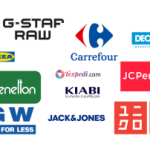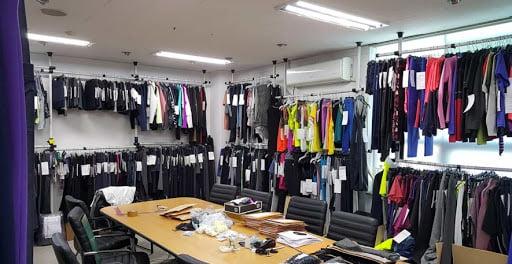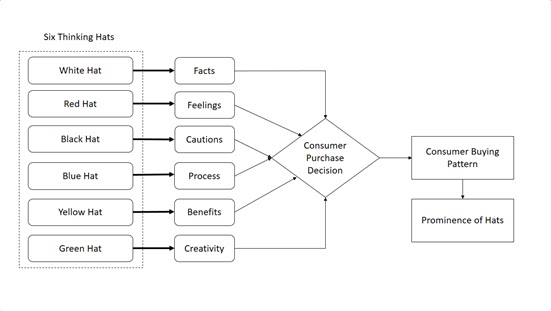Kazi Md. Rashedul Islam
B.Sc-in-Textile Engineering (DUET)
Author & Founder: TextileTrainer.com
Email: [email protected]
What is the sourcing process?
Sourcing determines how and from where manufactured goods, components, or raw materials will be procured. The main objective of securing is to obtain high satisfaction with the low cost. In this article, I will present the sourcing process in the apparel industry. Sourcing essentially decides the most cost-effective merchant of materials and finds out where the materials can be generated and from where the completed products at the predetermined quality can be bought. It is one of the integral parts of the merchandiser’s responsibility. After apparel analysis, merchandisers start sourcing different accessories.
Classification of Sourcing Process
The following is a list of different types of sourcing processes used for raw material procurement in the raw materials industry.
- Local manufacturer: The fabric is manufactured locally, and the infrastructure is also located locally.
- Traditional export: There is an export of local fabric to countries that manufacture garments
- International sourcing: Fabrics are manufactured locally, but raw fibers or yarn are sourced from other countries to make them
- Global sourcing: Fabrics are made with the use of components sourced from overseas as part of a global sourcing strategy
- Off-shoring: The raw material, such as yarn or fiber, is exported first, and then the fabric is reimported to meet the market’s needs.
- Global manufacturing: The fabric is manufactured in a different country from where it was originally purchased.
Local manufacturing is the most commonly used method among the above. Manufacturers move to offshoring or global manufacturing methods, especially for fabrics, when they do not have adequate infrastructure in the local market. The merchandiser must consult higher authorities regarding these sourcing decisions.
Top Apparel Sourcing low-cost countries
- India
- China
- Mexico
- Vietnam
- Cambodia
- Hong Kong
- Ethiopia
- Bangladesh
- Shri Lanka
- Thailand
Sourcing Process in an Apparel Industry
Several stages in the sourcing process are subjective and dynamic. They vary from order to order depending on specific requirements. Therefore, the merchandiser cannot have predetermined standard operating procedures. Similarly, even if the vendor remains the same, the lead time for each process will vary depending on the raw materials. The typical sourcing process of fabric or trims or other raw material sourcing in an apparel industry can be described as:
- Step 1: Proto sample approval
- Step 2: Approval process for material
- Trim card-for trims
- Artwork- for prints and embroidery
- Lab dips– for dyed fabric
- Desk loom- for fabric
- Print strike-off – for print color and quality.
- Step 3: Approval/ rework/ correction of material and results from the buyer.
- Step 4: Purchase order development
- Step 5: Sample fabric/trims/lab dips for testing as per requirements.
- Step 6: Approval from the customer or buyer.
- Step 7: Bulk production and in-house.
The materials used in this process include fibers, yarn, interlinings, buttons, zippers, and other items necessary for the garment. The main objective of the sourcing process is to search and identify the target material anywhere in the world, negotiate for quality and price, and source the material at the required time and quantity. Successful execution of any merchandising process requires a strong and supportive relationship with the vendor. A factory’s creative and technical designer and the merchandiser are responsible for developing, selecting, and sourcing products.
Role of Merchandiser in Sourcing Process
- The goal of sourcing and merchandising is to get raw materials at the right place, at the right time, and at the right price. As the merchandiser is responsible for handling the entire order during order execution compared to the sourcing department, he plays a crucial role in sourcing. The responsibilities of the merchandiser in the sourcing process are described below:
- A merchandiser in a small-scale industry is responsible for the entire sourcing process until an order is completed.
- In large scale industries, sourcing teams work closely with merchandisers to source fabric and trims.
- The merchandiser is responsible for calculating each garment’s fabric and trim requirements and coordinating with the sourcing department.
- Getting the buyer’s approval for fabric (lab dips, desk looms, print strike-offs, dye lots, thread runs) in a timely manner.
- Merchandisers are responsible for getting the buyer’s approval on artwork and trim cards.
- Merchandisers must maintain the proper buffer time for each stage of the sourcing process in time and on their action calendar.
After receiving the order, the merchandiser is responsible for following up with the manufacturer and ensuring the product reaches the factory at the appropriate time. In addition to vendor nomination, the sourcing process involves the buyer or customer nominating different vendors for different raw materials. In that case, the merchandiser needs more flexibility when selecting vendors. Other times, the merchandiser chooses the appropriate vendor, so from a manufacturing firm’s perspective, there is more flexibility than a buyer-nominated supplier. This process ultimately results in the manufacturers purchasing high-quality products at the lowest cost possible.
Check out these related articles:








